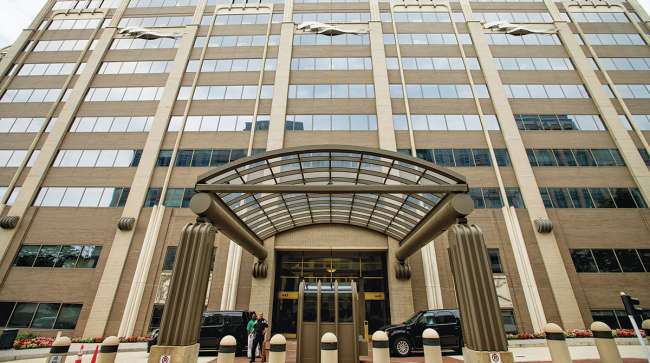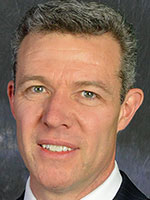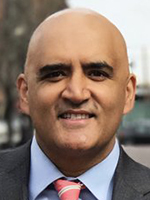Senior Reporter
AASHTO, ITS America Appeal FCC’s 5.9 GHz Spectrum Decision

[Stay on top of transportation news: Get TTNews in your inbox.]
Opposition to the Federal Communications Commission’s ruling on the 5.9 GHz transportation spectrum band remains active as a pair of stakeholders are formally pushing back on the agency’s move.
The American Association of State Highway and Transportation Officials (AASHTO) and the Intelligent Transportation Society (ITS) of America recently announced they filed an appeal regarding the agency’s order on unlicensed devices in the 5.9 GHz spectrum space.
The groups, representing state transportation agencies and automotive technology developers, respectively, explained in their lawsuit filed in the D.C. Circuit Court that they remain committed to ensuring vehicle-to-everything innovations are capable of operating within the 5.9 GHz transportation band.

Tymon
“The commission seriously undermined all of the technological progress and investment in the safety band by reallocating the majority of the band for unlicensed Wi-Fi operations wholly unrelated to automotive safety,” according to the group’s notice of appeal. “Specifically, the commission ignored the recommendations of the federal [Department of Transportation], automotive safety professionals, automobile manufacturers and state highway officials, and reallocated the lower 45 MHz of the band, 60% of the spectrum, for unlicensed use.”
“Keeping people safe is the top priority for every state department of transportation,” AASHTO Executive Vice President Jim Tymon noted in a statement June 2. “We believe the FCC ruling has undermined state DOTs’ ability to utilize the 5.9 GHz safety frequency as it was intended to be used.”

Bhatt
“Safety has always been our top priority,” added Shailen Bhatt, CEO of ITS America. “We are taking this action because [vehicle-to-everything] technologies continue to be our best available tool to significantly reduce crashes and save lives on American roadways.”
In November, the agency moved to reassign an aspect of the 5.9 GHz transportation safety spectrum band to allow unlicensed Wi-Fi content providers to promote wireless access. FCC’s action freed up the lower 45 megahertz portion of the 5.9 GHz band for unlicensed content. In explaining its action, FCC said it was addressing demand for Wi-Fi. The transportation safety band had been set up to facilitate autonomous vehicle technologies, among other features.
“This spectrum’s impact will be further amplified by the fact that it is adjacent to an existing Wi-Fi band which, when combined with the 45 MHz made available today, will support cutting-edge broadband applications,” according to FCC last year. As part of the agency’s order, intelligent transportation system service providers must vacate this lower end of the spectrum band within a year.
Notice of Appeal to FCC by Transport Topics on Scribd
Soon after the agency’s action, members of Congress, transportation agencies and stakeholders pushed back on the decision. Transportation and Infrastructure Chairman Peter DeFazio (D-Ore.) communicated to FCC the adoption of a “more measured approach” to the spectrum band would be ideal during the Biden administration.
“The FCC’s decision ignored the safety concerns raised by [the U.S. Department of Transportation], bipartisan opposition from 38 members of Congress, every state department of transportation in the nation and the entire transportation stakeholder community,” DeFazio wrote to FCC acting Chairwoman Jessica Rosenworcel on March 18. “Ensuring that the investments Congress makes in our transportation networks generate safety improvements is among my top priorities and responsibilities.”
Want more news? Listen to today's daily briefing below or go here for more info:


